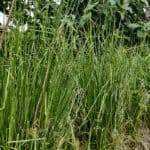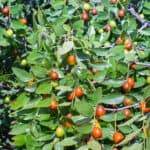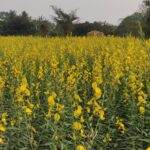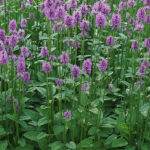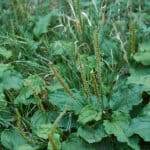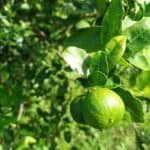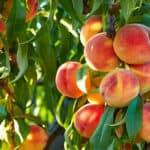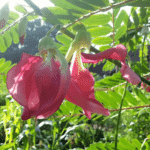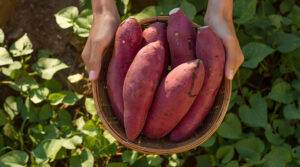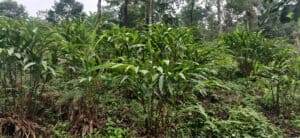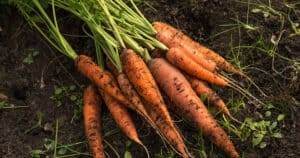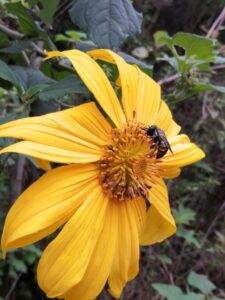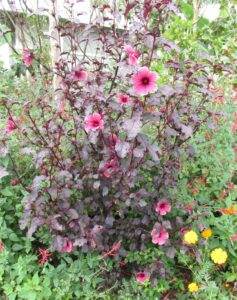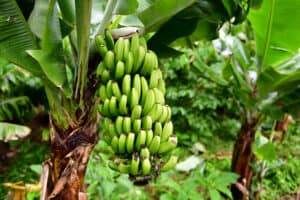Introduction
Of the thousands of fruits fit for human consumption none is quite like the glorious avocado. It’s creamy, buttery, savory, and just can’t be compared to other foods. It stands out on its own with a subtle yet irresistible flavor.
Not to mention, Avocados have become nothing short of a cultural phenomenon. While they were relatively unknown outside of Latin America 50 years ago, they have transcended their humble origins and become a ubiquitous presence in kitchens around the world. Popularized for being delicious and nutritious, they have quickly soared in popularity with demand met thanks to the expansion of global trade networks. Not to mention, the high price of this treasured fruit quickly expanded the production of this tropical food in the global south for the sake of export.
For many gardeners, homesteaders, and permaculture enthusiasts, having a productive avocado tree is a dream come true. While they thrive best in tropical and subtropical regions, those living in temperate climates with mild winters may be surprised to learn that they too can cultivate this grandiose fruit.

Origins, Diversity, and Varieties
The avocado is native to Mexico and Central America, where it has been cultivated for approximately 7,000 years and consumed for at least 10,000 years. Prehistoric records are interesting and suggest that over 10 million years ago the ancestors of the Avocado inhabited northern regions of western North America, such as Northern California and Nevada. About 5 million years ago, the ancestral species had moved south into Mexico, where it resided and diversified in the cooler montane tropical climates. This phenomenon is believed to be at least partially responsible for the high genetic diversity of the avocado lineages.
Avocado Subspecies
Avocado has undergone independent evolution and domestication. Within each of these subspecies, there are easily hundreds of different heirloom varieties. Through hybridization and selection, these have resulted in all of the cultivars we know today.
Guatemalan Lineage (Persea americana var. guatemalensis)
These originate from the highlands of Mexico and Guatemala. They have thick skin, creamy fruit, and are generally spherical. These can vary greatly in size from golf-ball size to that of a large grapefruit. While most commercialized varieties are hybrids, they contain a strong genetic component of this lineage which is over 50%. This is a result of various back-crosses that have occurred over time.
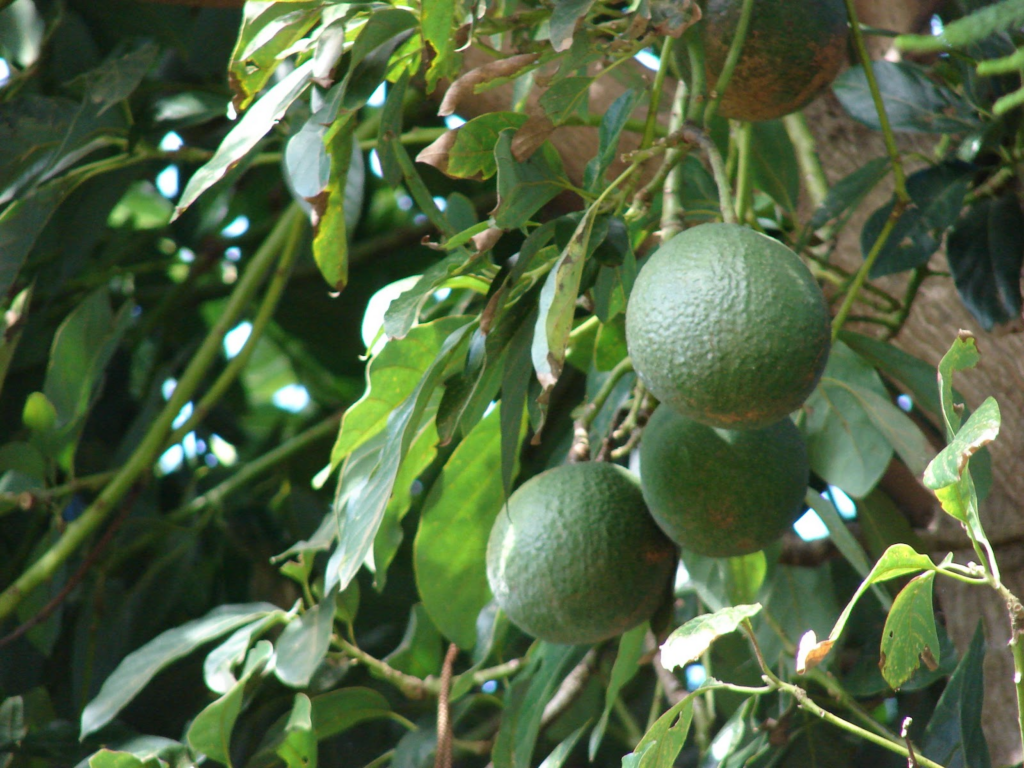
Mexican Lineage (Persea americana var. drymifolia)
These are generally small with thin skin and exceptionally creamy. Most of these have edible skin that has an anise laurel-like aroma. The leaves of Avocados in the Mexican subspecies are also extremely aromatic and often used as a seasoning agent or medicine. These have the best cold tolerance of all three subspecies and are typically used for the rootstock of many cultivars.
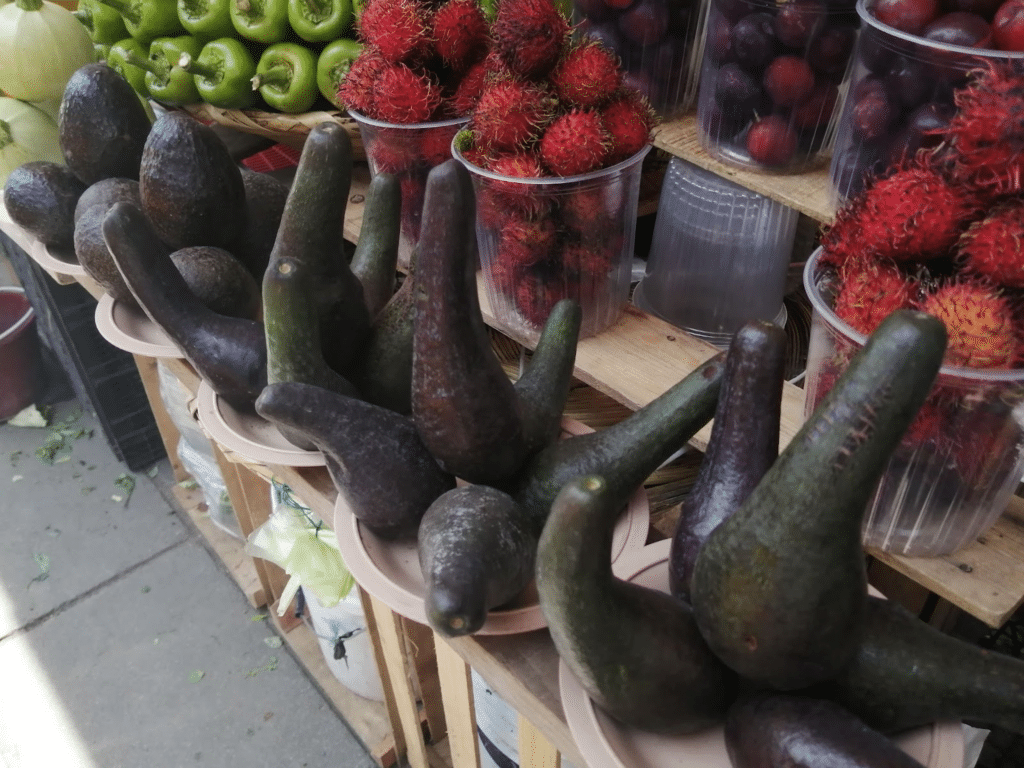
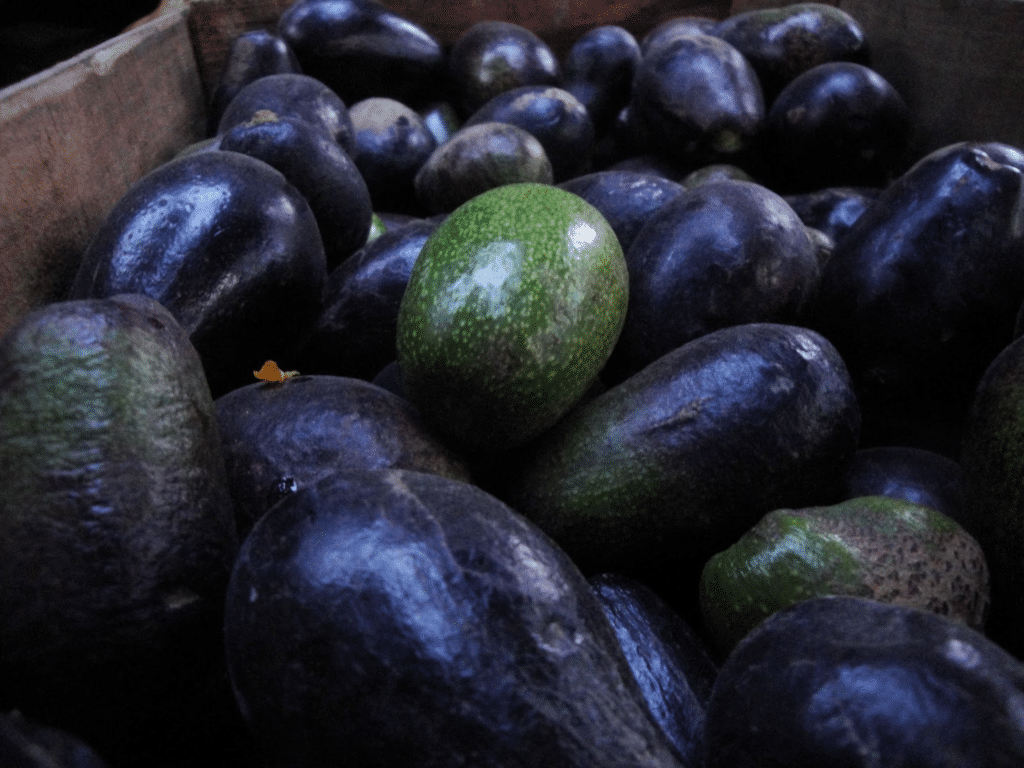
Low Land Lineage (Persea americana var. americana)
This lineage of Avocado is adapted for hot tropical climates. It has historically been known as the “West Indian” lineage, although due to the inaccuracy of this name, many specialists now regard it as the “Low-Land” subspecies. These are native to the low-land coastal regions of southern Mexico and Central America. They were also introduced in pre-columbian times to South America. They have the highest heat tolerance and likewise, the lowest cold tolerance. These are often exceptionally large and have a more watery/creamy texture compared to the other 2 subspecies.

Most of today’s modern cultivars are hybrids of two or more subspecies. Original land-race varieties are rarely commercialized in the international market, although they can still be found in markets and rural backyards throughout Mexico, Central America, and Peru. It is likely that hybridization also took place in pre-columbian times, although modern cultivars have mostly been developed in the past 150 years. The Hass avocado and the most widely commercialized varieties are hybrids between the Guatemalan and Mexican subspecies.
Flower Types
Avocado varieties are often classified into two groups based on their flower types. You may have seen these on plant labels or in nurseries selling avocados as “Type A” or “Type B”. While Avocados can self-pollinate, more effective pollination occurs when there is at least one of each flowering type.
This is because of the peculiar nature of Avocado flowers, which bloom twice over two days; on the first day with female flower parts and the second day with male flower parts. While many plants do this with no issue, what is unique about Avocados is that the different male/female reproductive parts also bloom at different times of the day.
- Type A Flowers: These have about a 34-hour time difference between the opening of the first female bloom and the closing of the second male bloom.
- Day 1: Blooms with their female flower part in the morning.
- Day 2: Blooms with their male flower part in the afternoon.
- Type B Flowers: These are the opposite and have about a 26-hour difference in the opening of the first female bloom and the closing of the second male bloom.
- Day 1: Blooms with their female flower part in the afternoon
- Day 2: Blooms with their male flower parts in the morning.

It is important to note that during the 2-4 week time periods in which an Avocado is in flower, new flowers are blooming every day. For this reason, an Avocado produces both male and female flowers in a single day, they just open at different times. It is also good to consider that certain varieties flower at different times, so even if you have an A and a B they may not be completely compatible. It is important to check compatibility before choosing a pollinator variety.
The secret to self-pollination is that there is some overlap in timing between the closing of the morning flowers and the opening of the afternoon flowers. This is usually just 1-2 hours, depending on the climatic conditions and variety. An example of this is displayed in the table below. Large Avocados have an easier time self-pollinating since there are so many more flowers, while smaller trees tend to have more difficulty.
| Avocado Type | 7:30 AM – 11:30 AM | 11:30 AM – 12:30 PM | 12:30 PM – 5:30 PM |
| Type A Female Flower | ✔ | ✔ | x |
| Type A Male Flower | x | ✔ | ✔ |
| Type B Female Flower | ✔ | ✔ | x |
| Type B Male Flower | x | ✔ | ✔ |
| Note: The specific timing of flowering varies depending on variety and local conditions. These timings are just here for the example. | |||
So, do you really need both a Type A and Type B Avocado? No, not necessarily. Will it help with pollination and likely result in more fruit production? Yes, in most cases, it will.
Oh yeah, and if you’re wondering why on earth Avocados developed this strange pollination system, you’re not alone. It is believed, though, that this system was developed to improve the likelihood of cross-pollination with genetically distinct individuals and reduce self-pollination. This led to more genetically resistant and diverse individuals.
One final note on pollination, you do need pollinators. In temperate regions, this role is generally fulfilled by European honey bees, but in tropical regions, there are stingless bees that are the original pollinators of the Avocado. Other insects may also pollinate Avocados. If you’re really struggling with fruit production and committed, you can also try hand pollinating with a brush.
Avocado Varieties
There are dozens of avocado varieties to choose from, each with unique growth requirements and fruit qualities. Below is a list with information regarding each species. Other factors not mentioned here that vary on cultivars and may be worthwhile to consider are disease/pest tolerance, shape/size, productivity, blooming time, and shelf-life.

Note on Cold Hardiness: Many variables can influence the cold hardiness of a cultivar. For example, Hass can withstand temperatures as low as 29 °F, but only for 3-4 hours before showing signs of damage. Also, younger trees are much more sensitive to frost damage than older trees. Lastly, wind, plant health, humidity, and many other factors can influence the cold tolerance of a tree.
Note on Parentage: Most cultivars are hybrids that have been back-crossed multiple times. For example, Hass is believed to be mostly of Guatemalan lineage but mixed with some Mexican genetics.
- Those with a strong Mexican lineage tend to be the most cold hardy, have thinner skins, and have aromatic leaves which are great spices and contain potent medicinal properties.
- Strong Guatemalan genetics have thick, dark skins and result in extremely rich and creamy fruits.
- Low-land lineage is tolerant of hot temperatures and usually produces large fruits. The parentage in the table below is only approximate as genetic testing has not been done on all cultivars.
| Cultivar | Cold Limit (°F) | Flowering Type | Parentage | Fruit Description |
| Mexicola | 20°F | A | Mexican | Small, elongated fruit with thin skin and rich, nutty, and aromatic flavor. |
| Bacon | 25°F | B | Mexican x Guatemalan | Medium to large fruit with smooth green skin and mild flavor. More oil content than Zutano, but less productive. Named after James E. Bacon and not because it tastes like Bacon. |
| Zutano | 25°F | B | Mexican x Guatemalan | Medium pear-shaped fruit that has low-oil content and is considered “watery”. Good producer and cold hardy, but the fruit are considered inferior. |
| Fuerte | 27°F | B | Mexican x Guatemalan | Large, pear-shaped fruit with thin, smooth, green skin and rich, buttery flavor. Exceptional fruit. |
| Pinkerton | 28°F | A | Guatemalan x Mexican | Large, elongated fruit with pebbled, dark green skin and rich, nutty flavor. |
| Sir Prize | 28°F | B | Mexican x Guatemalan | Medium to large fruit with smooth, green skin and rich, nutty flavor |
| Hass | 29°F | A | Guatemalan x Mexican | Medium to large fruit with pebbled, blackish-green skin and a creamy, nutty flavor. |
| Lamb Hass | 29°F | A | Guatemalan x Mexican | Medium to large fruit with pebbled, blackish-green skin and creamy, nutty flavor |
| Gwen | 30°F | A | Guatemalan x Mexican | Medium to large fruit with pebbled, green skin and rich, nutty flavor. High productivity. |
| Reed | 30°F | A | Guatemalan x Mexican | Large, round fruit with smooth, green skin and creamy, nutty flavor. Resistant to salt burn. |
| Choquette | 30°F | A | Low Land x Guatemalan | Large, pear-shaped fruit with smooth, green skin and decent buttery flavor. Good producer. |
| Donnie | 32°F | A | Mostly Low Land | Medium to large fruit with smooth, green skin and mild watery flavor. |
| Russel | 32+°F | A | Mostly Low Land | Large fruit with an exceptionally long neck and gourd-like shape. Oily buttery fruit. |
| Simmonds | 32+°F | A | Mostly Low Land | Early-season avocado with good production. Fruit quality is excellent and rich in oil. |
Cultivation of Avocados and Growth Requirements
Climate
Avocados are native to tropical and subtropical regions and thrive best in these climates. This being said, they can also thrive pretty well in Mediterranean climates (like California and Portugal), and there are also some climates on the fringe where they can be cultivated.
Generally speaking, avocados like warm temperatures of about 20-30°C (68-86°F) year-round and high humidity (>70%). They’ll want at least 150 cm (50 in) of rain per year, although this can vary depending on soil and irrigation. Low-land varieties do best in areas with hot weather, heavy rainfall, and consistent levels of high humidity. Guatemalan and Mexican varieties do best in areas with lower temperatures, occasional frosts, and less rainfall. While there are many areas where an Avocado will grow, unfavorable conditions can greatly affect flowering and fruit development.
Soils
Avocados do best in well-draining soils. They are generally susceptible to root rot when there is excessive waterlogging, so consider this if you have heavy clay soils. In this case, consider planting on well-draining slopes or in large mounds that will protect the root crown from excessive moisture.
Water
Despite being prone to waterlogging, Avocados like moist soils and are not generally considered very drought-tolerant. They generally have a shallow root system, and thus they can be sensitive to low water availability. In areas with prolonged dry seasons, additional irrigation is recommended. If irrigation is necessary, consider doing deep, infrequent waterings to promote deeper root growth.
Light
When all the climatic requirements are met, Avocados love full sun. It is under these conditions that they produce fruit most abundantly. This being said, they will still produce fruit under partial shade, although you can expect a lower yield. In climates with intense hot and dry seasons (like Mediterranean climates), a shady spot may be favorable.
Propagation
Growing Avocados By Seed
Almost all hobby gardeners have at some point germinated an Avocado seed, or at least know someone who has. Whether you found them germinating in a compost pile or did the ole’ toothpick and cup method, these large seeds are just asking to be germinated. Thanks to their large size and stash of energy reserves, they are pretty darn easy to sprout.
This being said, if you really want to produce Avocados, this might not be the most effective method for several reasons. For many people, purchasing established Avocado trees from a nursery can have many benefits.
To begin with, Avocados are not generally true to seed. You might not get the perfect, creamy Hass Avocado you thought you were getting. If you purchased it from a commercial vendor, chances are they won’t be. This also means it may not necessarily be genetically fit for your climatic conditions. You never know; it could be an amazing variety, but it’s a big commitment to deal with the uncertainty.
That’s because it can take over 10 years for an Avocado to grow from a seed into a fruit-bearing tree. It can take even longer in less-than-ideal conditions. While this can be sped up via grafting, you will need some good parent material to graft onto your seedling.
Talking about grafting, this is also a practice traditionally done at nurseries that some folks may not be ready to conduct themselves. If you buy an Avocado tree, you are generally getting high-quality rootstock grafted with a high-quality fruit-bearing cultivar. The rootstocks are important because they impart better drought resistance, cold tolerance, and disease resistance. Thus, if you start a plant from seed, it will be more susceptible to these stresses.
Don’t get me wrong; if you have the enthusiasm to germinate some Avocado seeds, by all means, do it! It can be fun and you never know what you may get! Heck, if you have some germinating in your compost pile and have the room, you might as well see what happens!
When it comes to germinating seeds, I simply like to do it in well-draining soil. Leave 1/3 of the seed above the soil and keep it well watered. I wouldn’t bother with the ole toothpick technique unless you were doing it with kids. Then, it can be fun!
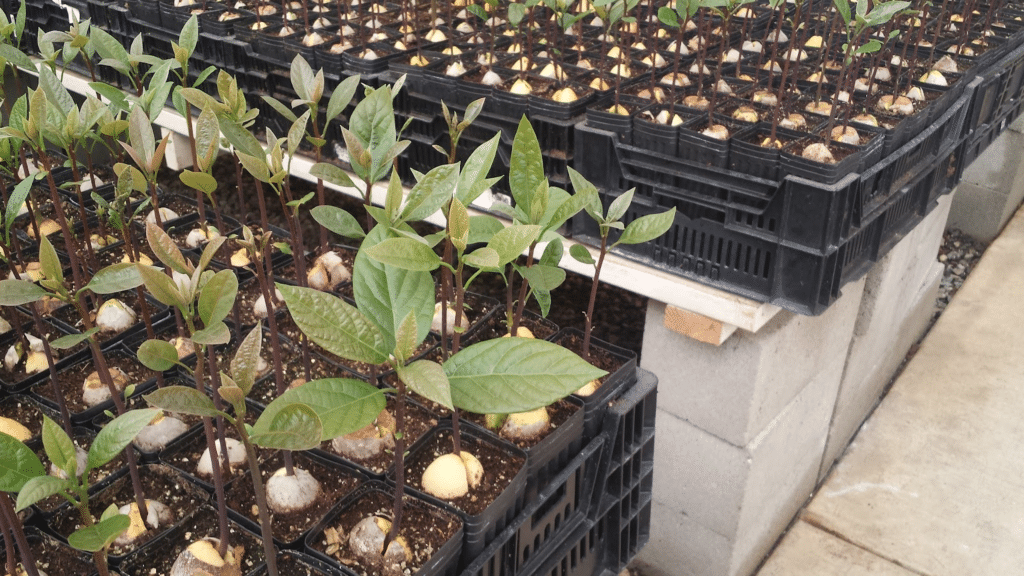


Note on Root Stocks
Cold-resistant rootstocks include Bacon, Zutano, Mexicola, and those with strong Mexican genetics. In the wet tropics, Lula and Waldin are both commonly used for rootstocks. Many nurseries use seeds of their chosen variety for rootstocks and then graft them on their fruit-bearing cultivar once the plant has a developed stem. This being said, if you are germinating seeds for rootstock, keep in mind that it is a genetic Russian roulette, and the results will not always be predictable. Some nurseries use “clonal rootstocks” which are genetically identical and proven to be resistant to diseases and other environmental stresses.
Cuttings and Air Layer
Inducing root formation in Avocado stems is often difficult, and thus vegetative propagation via cuttings and air layering is challenging. Don’t be fooled by the “clickbait” articles and videos that make it look easy; this is one plant that doesn’t take well to these propagation methods. If you don’t believe me, I invite you to read what the scientific databases have to say.
This being said, it is possible, and there are some things you should know if you want to attempt it. Unless you’re happy experimenting and having mixed results, I would say don’t even bother. If you want to give your green thumb a chance and see if you can make it work, by all means, do it!
Some Tips For Vegetative Propagation In Avocados
- While it’s not always the case, cultivars with strong Mexican genetics have been shown to root easier in some trials. Particularly, Zutano and Scott cultivars have been shown to root rather easily, even without rooting hormones.
- Some research suggests that younger plants tend to produce more effective propagation material than mature trees. Also, younger stem materials about 1-year-old or younger are best.
- Many researchers do a process of “Etiolation” to make better material cuttings. This process involves shading your tree completely and promoting the growth of long, tender shoots. These are then for propagation.
- Consider trying different types of rooting hormones.
Grafting
Grafting is an art all its own and not something I am going to explain in detail here. Just know that it is an important process to know if you want to propagate a lot of Avocados. Ideally, you’ll want a mature mother tree of the cultivar of your choice to get your scion cuttings from, as well as seeds of a rootstock variety.

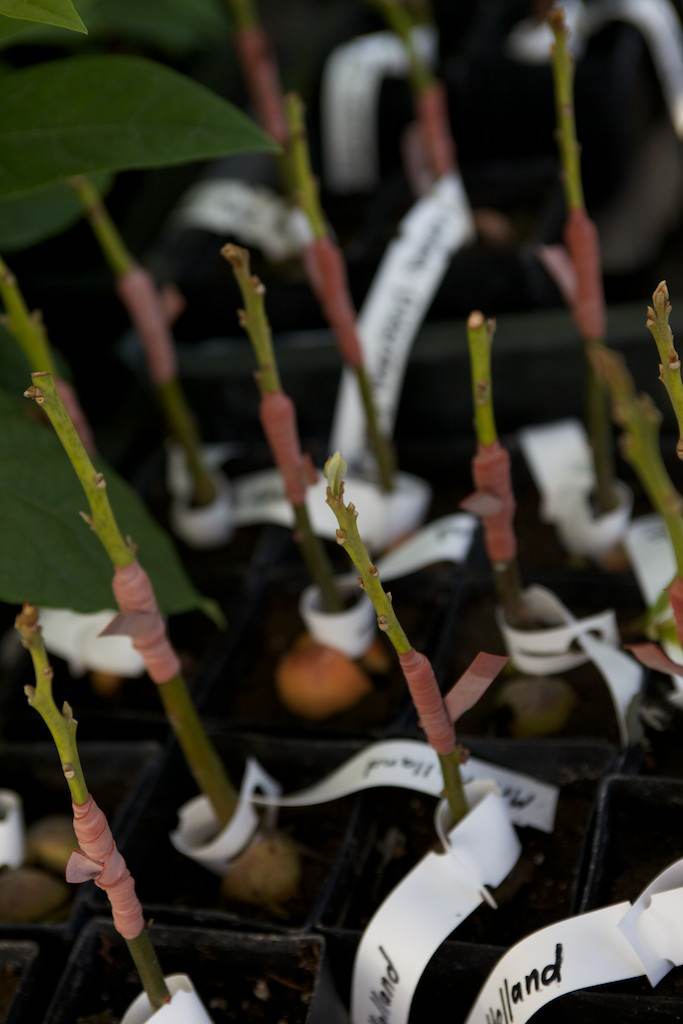
Caring For Avocados In Pots
Avocados are typically left in pots for at least 2–3 years before being planted in the field. This ensures that they are more resilient and will better adapt to the environmental conditions that they will encounter. This is particularly important for those hoping to plant in areas that are on the fringe climate zones that may experience temperatures below freezing or droughts for extended periods. Remember, a young avocado tree is much more susceptible to frost damage than a mature one.
Also, some people may want to keep their Avocados in pots permanently, especially if they’re outside of the preferred climate. If that’s the case, keep them inside near a sunny window during the winter and move them outside once the threat of frost has passed. In these cases, you’ll eventually want to move them up into a 15-25 gallon pot after 3-4 years.
When it comes to caring for Avocados in pots, it’s not that different from other plants.
- Plant in loose-well-draining soil that has little risk of water-logging. This can easily cause root rot.
- Give deep waterings and allow time for the soil to dry out a bit before watering again. The rule of thumb is top 2-3 inches of soil should be dry.
- Over time, some people may experience the accumulation of salt due to regular watering/evaporation. You will first notice burnt tips and yellowing of the leaves. If this is the case, try flushing the pot out with a lot of water to leech all the salts. Afterward, give it a nice topping of worm castings or nutrient-rich compost to make up for leached nutrients.
- Transplant as necessary into bigger pots as necessary. They should be fine in a 2-3 gallon pot for the first 2-3 years, although a larger pot may enhance their health.
Planting Avocados
- Choosing A Location: Choose a location with well-draining soil, plenty of sun, and potential protection from any environmental stresses. If you’re in an area with a cold winter, you may want to consider planting on the southern-facing topography or the southern-facing side of your home. Near walls and thermal masses can also help improve the resilience of the tree
- Dig A Hole: Generally speaking, dig a hole at least twice as wide and as deep as the container it’s in. A hole the size of a 5-gallon pot is usually suitable.
- Amend The Soil: Add some compost right at the bottom of the hole and mix some with the soil you’re going to backfill. Keep some compost for top-dressing once you’ve finished the transplant. Like any plant, they’ll thrive much better with lots of good compost!
- Transplant Carefully transplant the young tree taking care not to damage the roots. Loosen the roots as much as possible, if it’s extremely root bound consider cutting some roots with pruning scissors to allow them to spread better.
- Planting: Place the avocado at the center of your hole and backfill it with soil. Pay close attention to the height of your stem base.
- In climates that are dry and have extremely well-draining soils, you may want to consider planting below ground level to promote water retention.
- In wet climates and places with bad drainage, consider planting in a mound above the soil surface. This can be just an inch or two, or up to more than 6 inches if flooding is a risk.
- Add Mulch: Because mulch is great! Make sure to not have any mulch touching the base of the stem as this can lead to rot and diseases.
- Stake The Tree: A stake can help support a lanky or top-heavy tree. Tie it loosely to the stake to allow natural movement and prevent injuries to the stem.
- Water: Make sure the tree is well watered for the first 1-2 months after planting. Ideally, you plant during a time of the year that is naturally wet.
Maintenance and Care
Generally speaking, Avocados are not particularly nit-picky growers if they’re in the right conditions! Consider the following tips
- Irrigate if necessary during dry seasons.
- Liberally apply a top dressing of compost at least once a year.
- Add mulch as needed. Mulch helps protect the roots against extreme weather and it may reduce the prevalence of certain soil-borne fungal diseases.
- A frost blanket may help reduce damage caused by cold weather.
- Clear the trunk of vegetation/organic matter than may promote stem rot.
- Remove moss, lichens, ferns, and other epiphytes that accumulate on stems. This is particularly important on “V” crotches which are prone to stem rot.
- Prune as needed. This is further discussed in the next section.
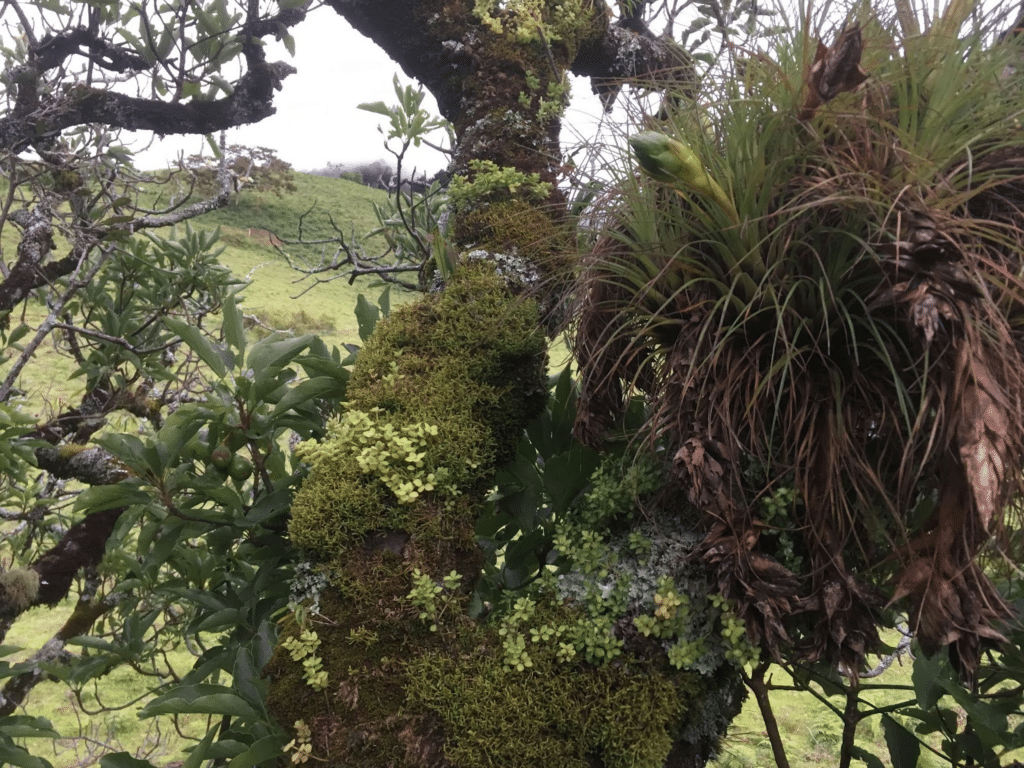

Pruning
When it comes to pruning, there is no one-size-fits-all technique. The “best” method depends on your climate and personal preferences or philosophy regarding the subject. Different cultivars also tend to have different growth structures, which can also affect how you prune.
While many inexperienced gardeners have a fear of pruning, it is an important practice that can improve the health of your plants and their yields. If you’ve never pruned a tree before, an avocado tree is a great one to start with because they are actually relatively resilient and can bounce back quickly. Yet, before you get started, there is a lot you should know about how to properly conduct this important task. Before cutting any branch, always ask yourself why and for what purpose you are removing it!
Objectives Of Pruning
- Removal of Dead and Diseased Branches/Foliage.
- Improving Airflow
- Reducing Overcrowding and Light Competition
- Improving Light Access To Productive Branches On The Inside Of The Canopy
- Controlling Tree Size
- Improving Access, Shape, and Stability
- Improving Yield and Fruit Quality
Best Time To Prune
Avocados are pretty forgiving about the time for pruning, but generally speaking, it is agreed that the best time to prune is right after harvest and before the formation of new flowers. This way, you are not removing branches that are receiving a lot of energy and nutrients from the plant during flowering or fruit production. This being said, sometimes it may be worthwhile to conduct a minor pruning outside of this timing.

Shaping and Formation
Formative prunings are usually the first type of pruning you are going to conduct on your Avocado. These help shape the Avocado structure and influence the future development of the tree. These can be started within the first 2-3 years of growth.
There are 2 main shapes used in Avocado cultivation. These are the ones with a “central leader”, which results in a pyramid-like shape, and the “vase” shape, which is also commonly used for apples and other fruit trees. While the vase shape has been used traditionally in Latin America for a long time, many growers are now opting for the central leader “pyramid” shape, particularly in cold climates.
- Central Leader: This structure is more based on the Avocado’s natural growth style and as the name implies is composed of a central leading trunk with productive side branches. This results in a pyramid-like shape. This structure is recommended for areas with cold winters and extremely hot-dry summers, such as in `Mediterranean climates. The closed structure of the tree helps protect it from both the cold, but it also helps shade the trunk/ground which can be negatively impacted by intense sunlight.
- Vase: This structure is much like that used for Apples and other fruit trees which includes 3-4 main branches forming a “cup” or “vase” that is hollow in the center. This structure may be most suitable for extremely wet and humid areas where stem rot can be a serious issue.
- Two Leaders: This is common although not typically recommended as the structure tends to be more susceptible to damage and toppling.


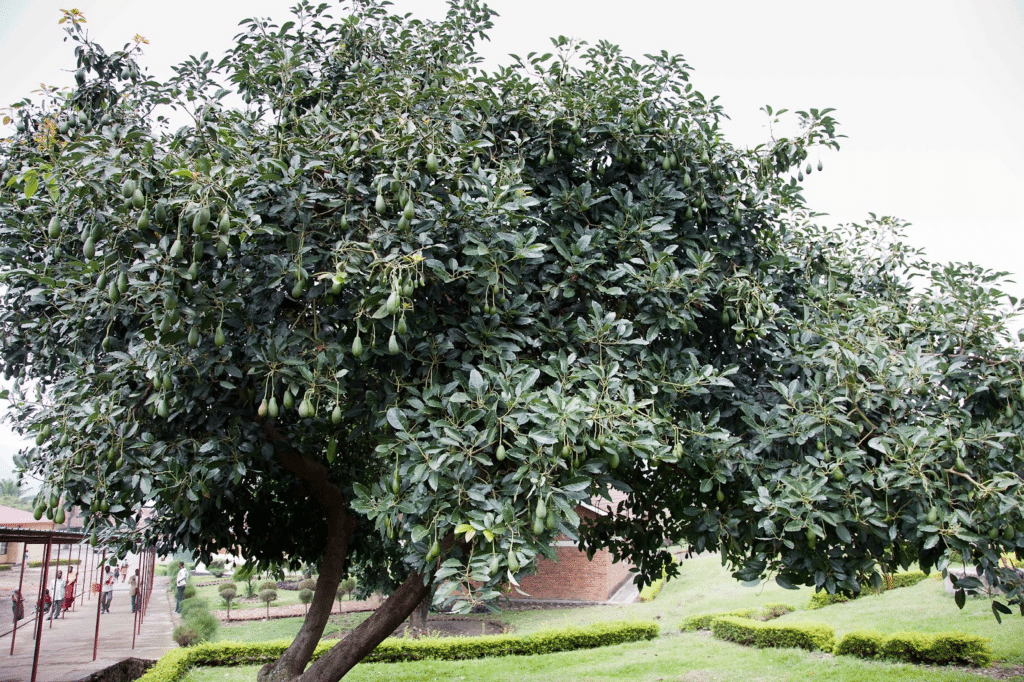
When it comes to pruning, it is important to remember that you ideally want the entirety of the tree to be productive, including the interior branches. If Avocados are left unpruned, they often develop a “shield” of foliage on the outside that slowly gets bigger with little to no foliage/productive branches on the inside. This is considered wasted space and might as well be put to work by opening up the canopy to allow light to penetrate.
Another thing to consider is the size you want. Generally speaking, you may only want your tree to be 4-5 meters (12-15 feet) in diameter and 2-3 meters (6-9 feet) in height to allow easy harvesting and maintenance. Some of you on the other hand, might want a giant climbable avocado that produces innumerable fruit! You might not be able to harvest all of them, especially without hurting your neck using a fruit picker, but they can surely be a centerpiece on your property!
What Branches To Prune?
- Dead And Diseased Branches: Remove any dead or diseased branches to prevent the spread of disease and to improve the overall health of the tree.
- Low Branches: Prune horizontal branches that develop low to the ground, as they can interfere with tree access and inhibit light penetration. The fruit produced on these branches is also more susceptible to fruit-borne diseases.
- Crossing Branches: Remove crossing branches as they can cause damage to the tree and are generally an inefficient growth pattern.
- Water Sprouts: Remove strong, upright water shoots that grow from the trunk or major branches, as they can drain the tree’s resources and reduce fruit production.
- V-shaped Crotches: Eliminate V-shaped crotches, as they are mechanically weak and prone to developing rots.
- Overlapping Branches: Thin out overlapping branches to allow light to penetrate the canopy and promote productive branches on the inside of the tree.
- Excessively Long Branches: Shorten or top long branches to prevent them from growing too large and breaking under the weight of fruit.
- Old Branches: Old branches can eventually lose productivity. These can be removed to allow the growth of new younger and more vigorous branches. This is called “Rejuvenation”.
- Odd and Uneven Branches: If you have some branches that give the tree an odd or uneven shape, you might as well remove them. They could compromise the structural integrity, and if they get too big may eventually break. This is even more important for younger trees who could be susceptible to toppling over under windy conditions.
Stump Pruning
Mature Avocados can undergo a drastic “stump pruning”, when you cut the tree completely back to a mere stump, and easily bounce back within a couple of years. This can be strategic if your Avocado has lost productivity, is suffering from foliar diseases, or was never pruned and grew a tall central trunk that made harvesting difficult. Sprouts from stumps can also be easily grafted with new varieties.
Common Issues, Pests, and Diseases
Under proper growth conditions Avocados should only have minimal issues with pests and diseases. These usually only become big issues when plants become stressed due to unfavorable climatic or soil conditions. To prevent issues, make sure your plants are well-watered, fertilized, pruned, and have been properly maintained, as discussed in the previous section. Always take care when purchasing a new tree so that it is free of pests or diseases. Also, consider that other members in the Lauraceae family can also be hosts to Avocado pests/diseases. This can include cinnamon, laurel, and red bay.
Phytophthora Root Rot
This is a soil-borne fungus that first attacks the roots and then the crown of the avocado trees. This fungus often affects trees planted in waterlogged and flooded soils. Symptoms include small, pale, or yellow leaves that may wilt and have dead tips. Small branches may die back on the top of the tree, and new growth is often absent or severely stunted. Over time, this can be fatal for trees.
Unfortunately, this disease can be very difficult to treat once symptoms appear. Improving drainage via canalization and other earthworks may help reduce water logging and thus reduce symptoms. If irrigating, you may want to reduce the quantity and frequency. For future plantings, you may want to consider planting a phytophthora-resistant rootstock. Take care to prevent the spread of this disease to other Avocados and host crops on your property.
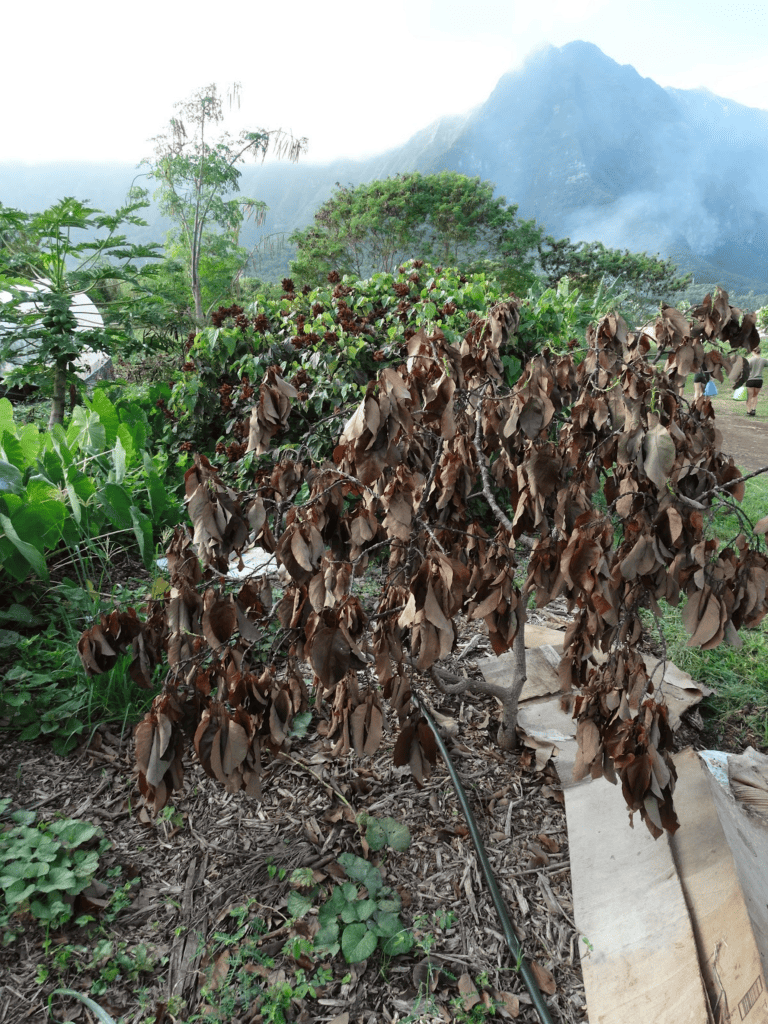
Persea Mites (Oligonychus perseae)
These tiny insects feed on the leaves, causing them to develop small brown spots on both sides and leading to defoliation. Large colonies may produce silk webbing on foliage. They will also attack fruits and cause damage to the skin. To manage this pest, ensure proper fertilization, irrigation, and overall plant health. You may choose to spray with insecticidal soap, neem oil, or another natural insect repellent.
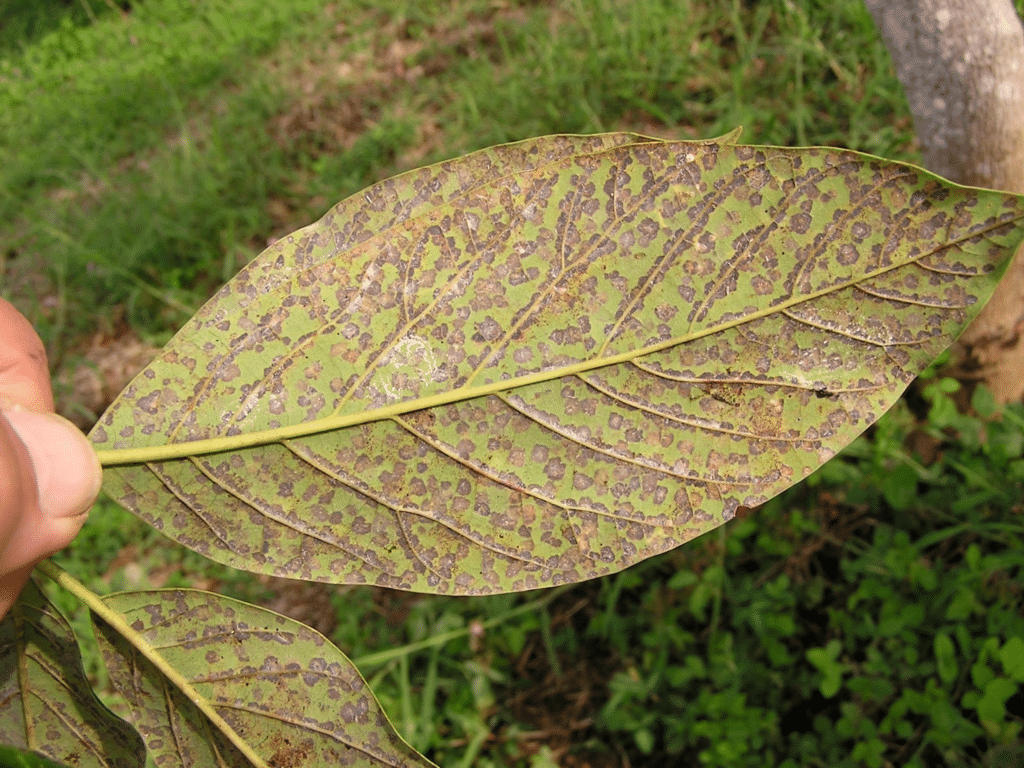 | 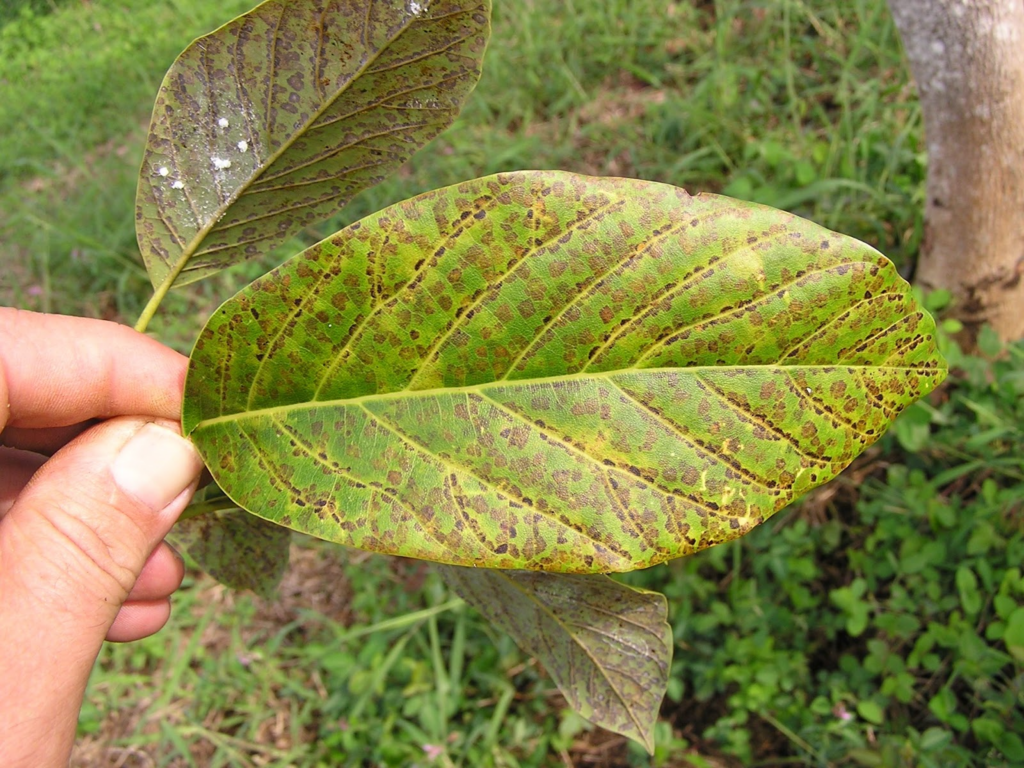 |
Potassium (K) Deficiency
This is a common problem, particularly on older, more mature trees. The symptoms may be difficult to diagnose but usually begin with scorching on the lower leaf margin, particularly on older leaves. Slow growth, weak stems, and small fruit can also be present in potassium-deficient plants. Symptoms may resemble salt stress and other soil-related issues.
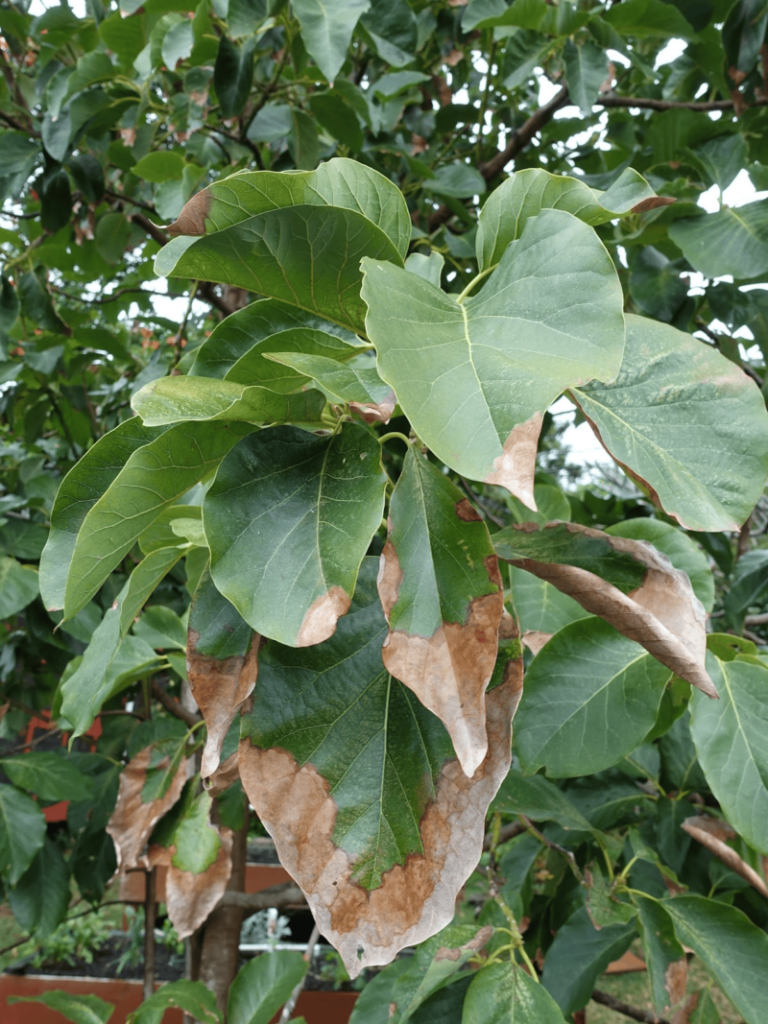
Avocado Leaf Spot
Avocado leaf spots caused by the algae Cephaleuros virescens are typically harmless and only cause minor issues with plant health and yield. This being said, they can be quite unattractive and may cause concern for some growers. These usually only occur on the low-hanging branches, but if a majority of the leaves are infected, then it could be cause for concern. To treat this, you want to take whatever measures are possible to reduce moisture accumulation on the leaf surface. Avoid overhead watering, prune to increase airflow/sunlight, and remove infected foliage if desired.

Avocado Lace Bug
The Avocado Lace Bug has not traditionally been considered a huge issue for Avocado growers, although the occurrence of new, more virulent, and aggressive strains has caused concern in some regions. Lace bugs are small insects that persist on the underside of Avocado leaves, causing irregular brown “burn-like” marks on the foliage. Treatment is rather difficult, but insecticidal soaps, citrus oil, neem oil, and Beauveria are all recommended forms of treatment. Proper pruning and management are also important.
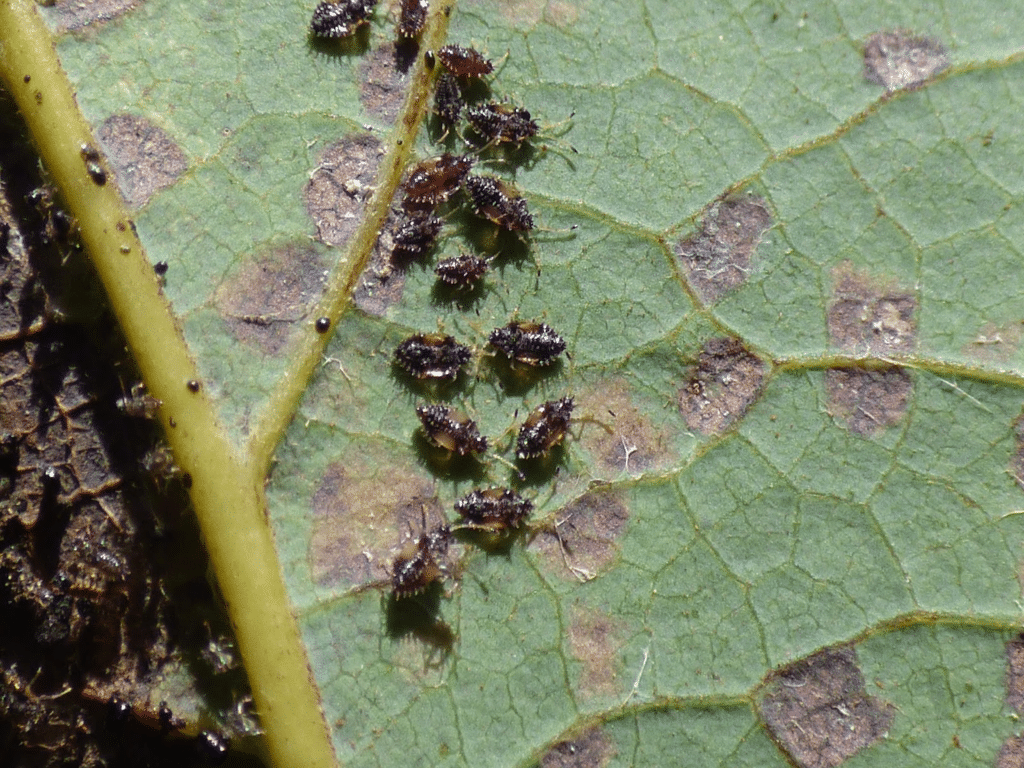
Wild Animals
All sorts of wild animals can cause problems in the cultivation of Avocados. In many places, squirrels, rats, birds, and other small mammals will go directly after the fruit, even before it reaches maturity. It is often possible to identify the culprits from the damaged fruit. Management is difficult and may require creativity and a well-thought-out plan. To begin a proper harvesting regime, it is important to harvest all fruits as soon as they mature. If you see burrows or rats nests near trees, it can be a good reason for their removal. Adding perching posts for hawks and other birds of prey may help attract them as a biological control. Dogs and cats could also help if left active near the Avocados. In some cases, fencing or netting around the trees may be worthwhile.

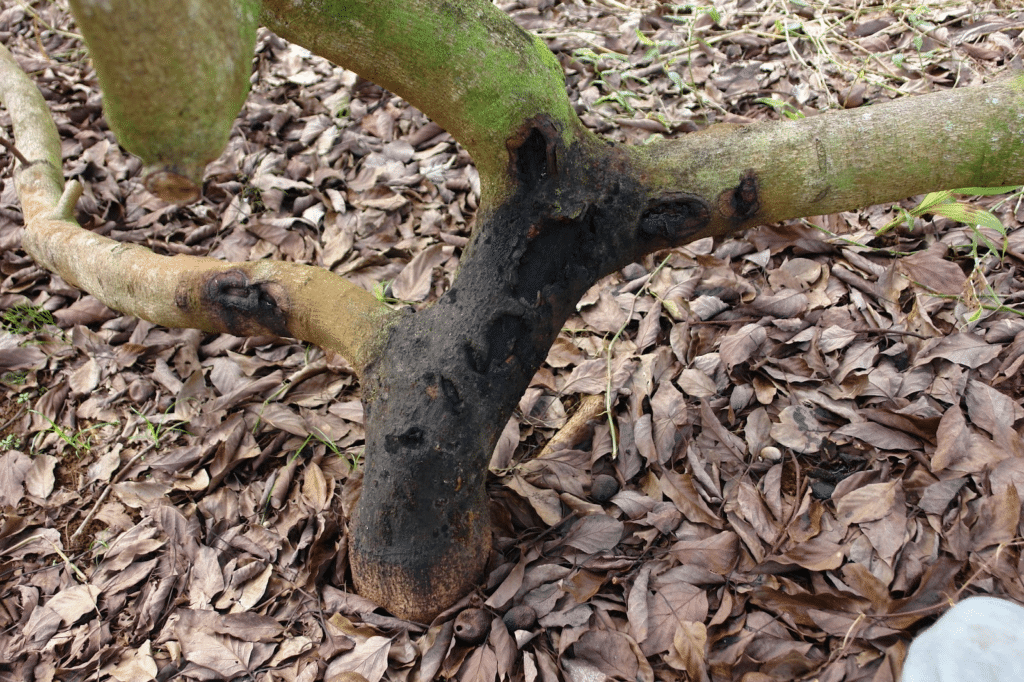
Rot, Scabs, and Other Issues With Fruit Quality
There are a variety of things that can cause issues in the quality of Avocado fruits. These may render parts or all of the fruit inedible, while others may only affect the appearance.
- Mechanical Damage: This happens when the developing fruit rubs against adjacent branches and creates a thick brown “alligator skin” on the surface. These fruits are generally fine to eat, although they may be unappealing. Proper pruning for tree structure can reduce this although it is not considered serious.
- Lack Of Light: Avocado fruits mature best when they have some exposure to light. Dense foliage can cause the fruits to remain pale-yellow into their development.
- Anthracnose: This is a form of fruit rot identified by black lesions and specks on the fruit. Oftentimes this occurs on the top part of the fruit where it connects to the plant stem. They often appear after harvesting. This can be reduced by proper sanitary procedures during harvesting.
- Animal Damage: Dogs, Coyotes, Rats, Caterpillars, Squirrels, and many other animals can go after fruits. To avoid this make sure to harvest your fruits as soon as they are ready and remove unharvested fruit from the ground.
- Phytophthora Fruit Rot: This resembles the black lesions of Anthracnose but with a distinct black area and usually occurs on the bottom of the fruit. To reduce this prune the lowest limbs and maintain a thick layer of mulch on the soil.
- Thrips Damage: Thrips result in brown scarring on avocado fruit. These are small insects that live on the stems and leaves of the plant, although they don’t affect plant health drastically. Thrips damage can appear on any part of the fruit and can cause complete scarring on all the fruit’s surface.
 |  |
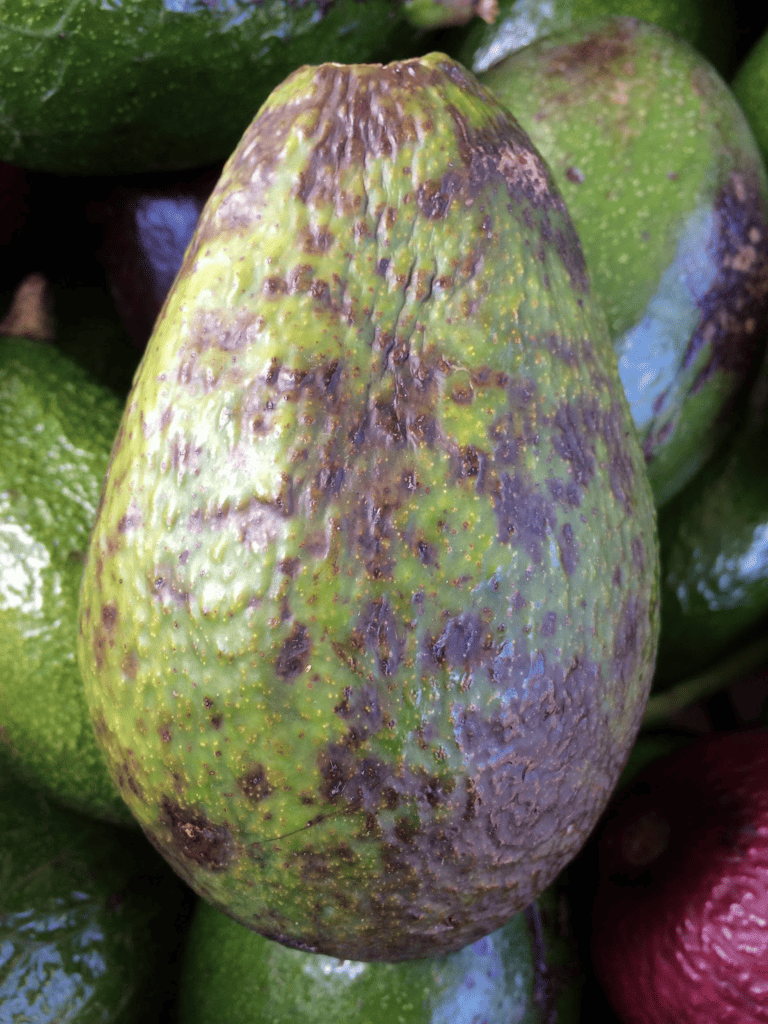 |  |
Harvesting Avocados
For first-time Avocado growers, it can be a bit difficult to determine the best time to harvest. This is because compared to other fruits, there is no significant change in morphology that occurs once the fruit is mature. If you’re working with different varieties, then it makes it that much more difficult since they all have unique colors, textures, and seasons that indicate they are ready for harvest.
After all, Avocados aren’t a fruit you pick fresh for eating. They are ideally picked when they are mature but just barely beginning the ripening process. Essentially, a mature Avocado is hard and green, much like an immature fruit! Unfortunately, if you harvest an immature fruit (a fruit before it begins the ripening process), it will never ripen!
While this all makes it seem difficult, there is good news. Avocados don’t ripen very fast, if at all when left on the tree. This means that there is a pretty good time window of harvest between when they reach maturity and once they are ripe. Unless you have a particularly hungry wildlife population, Avocados can often be left on the tree for weeks after reaching maturity.

How To Tell If An Avocado Fruit Is Ready For Harvest
- The Fruit Will Stop Growing In Size
- The Color Often Becomes Slightly Darker and Loses Its White “Bloom”
- In Some Varieties They May Become Smoother and Glossy
- Some May Begin Developing Brown Specks or Splotches
- Open The Fruit And Check The Seed Coat. Mature Fruit Has A Dark Brown and Thin Seed Coat, Immature Seed Coats Are Light In Color.
- The Fruit Will Ripen Within 1-2 Weeks Once Harvested
Finally, if you think your fruits may be ready for picking, it’s time to do the ripeness test. Harvest a fruit or a couple and wrap them in a newspaper or a brown paper bag. This traps the ethylene gas that is released by the fruit and speeds up the ripening process. Within 1-2 weeks, your fruit should have softened up and be ready to eat.
If you’re not super familiar with the variety you are working with it may take a while for you to get a hang of the best time to harvest. Thankfully, after a couple of seasons of good production, you’ll be a pro!
How To Harvest Avocados
- Avoid harvesting during either wet or very hot weather conditions. This can promote the growth of several diseases which result in fruit rot.
- Better to “Snip” than to “Snap” the fruit. Cutting the stem that the fruit is attached to will help reduce the risk of fruit rot compared to plucking it off. This being said, they can often be plucked with little to no harm.
- Use clippers, loppers, or a picking pole for ease of harvest. soils/
- Handle the fruit carefully as they can be easily bruised or damaged which can result in fruit rot.
- Avoid getting your avocados wet (don’t wash them!) and place them into a clean and breathable box. Keep this in a cool and dry environment until they are ready for ripening.
- Check for diseased fruit and separate or compost them.
Conclusion
Avocados are an all-around amazing plant to cultivate in your garden, farm, or permaculture project. While I have no complaints regarding the flavors of Hass Avocados you find easily in the grocery store, growing your own Avocados gives you the potential to grow dozens of other delicious and worthwhile varieties. Plus, you don’t have to rely on questionable international imports nor pay the exceedingly high prices that are asked in the commercial market. You can have all the Avocados you need, and then some, in your very own home!



